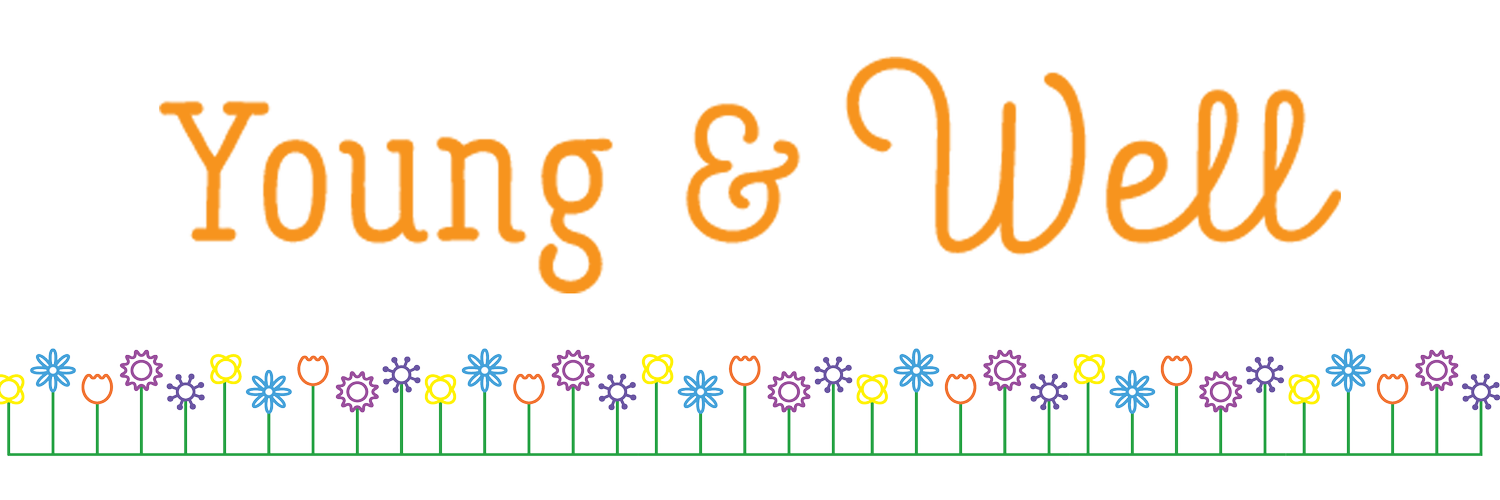Bath Time Strategies
Tactile defensiveness around water and particularly the bath is very common, especially with children who have sensory processing difficulties. It’s not unusual for children even without a sensorial aversion to water to go through a period where they don’t want to take a bath. Moreover, sometimes kids just don’t want to take a bath! Here are some strategies that can work on an off day when your child is really resisting the bath or over a long period of time as you work together with your child to reduce their tactile defensiveness.
In the bath
Have your child engage in heavy work activities before bath time to provide deep proprioceptive input to the joints and muscles (this can help with desensitizing aversion to tactile input).
Incorporate deep pressure prior to bath time such as tight hugs, rolling a tennis ball over their body, burrito roll in a blanket, squished between two pillows.
Fill the bath with water ahead of time if your child is sensitive to the sound of the running water.
Use fun and playful transition strategies like a bath time song, transition toy that you take to the bathtub, bath bombs or fizzy bath colors.
Use preferred toys and/or activities in the bathtub and create a fun play scheme. You could use bath crayons or shaving cream to draw train tracks/roads and drive cars on them; use glow in the dark paint; offer a variety of containers such as cups, colanders, and pitchers for a fun sensory experience. Most plastic toys are ok to take in the bath. Just remember to take them out and set them on a towel to dry.
Play calming music in the background.
Allow your child to do as much self washing as possible to give more control and decrease defensive reaction.
If possible, use a handheld nozzle rather directly going under the shower head to give more control of how much water they’re getting and how long they can use it for. You can also use a washcloth folded into a rectangle that your child can hold on their forehead and over their ears to stop water from going in their eyes and ears. There are also shower visors that you can purchase to keep water out of their face and ears.
Have your child look up to the ceiling when rinsing their hair and be very silly with them about what is on the ceiling. “Hey, I think I saw some cows up there on the ceiling! Do you see them? You don’t? I think I see them eating hay. Do you like to eat hay too? You don’t? If you were a cow what sound would you make?”
Use prompts when pouring water over their head "I'm going to pour water for 3 seconds now, 1, 2 ,3...all done!" and repeat. They can also help you count.
On days when you don’t have to wash their hair, use a shower cap to avoid getting water into the eyes and ears.
Experiment with a soapy washcloth instead of direct water/shampoo.
Use a mirror in the bath to assist with body awareness and increase predictability.
Use a visual timer to help with time predictability.
Apply firm pressure with a towel when drying after bath to provide deep pressure.
Outside of the bath
Experiment with pouring water from a pitcher/bucket or spraying with a spray bottle.
Social stories: Visit the library and read stories about bath time. Reflect on what your child likes/doesn’t like about bath time.
Use pictures/visual schedule to facilitate understanding of the bath time sequence.
In a bowl or tub, add some soapy water and plastic toys and pretend to give them a bath. Use the same strategies for these toys that you plan to use for your child.
Remember, when it comes to reducing tactile definsiveness, nothing happens overnight! Little steps working on experiencing water in a way that feels safe to them and working up to taking baths that are fun sensory experiences. You are your child’s source of calm, and if you can show them in a fun and playful way that water is ok, they will get there too.


